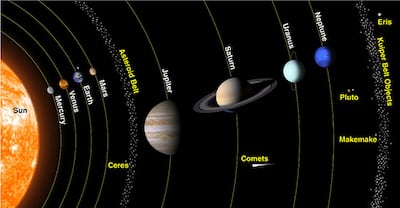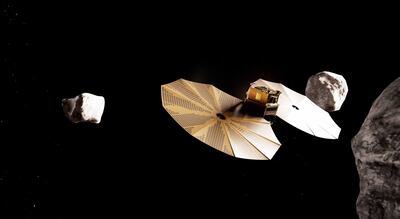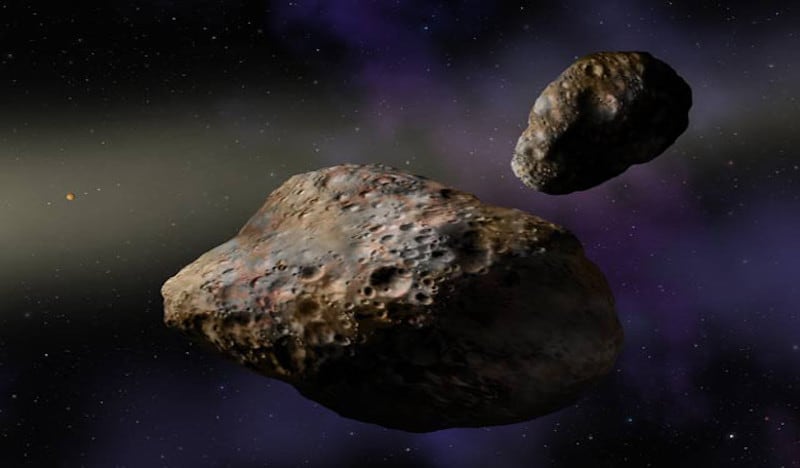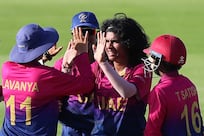UAE residents will be able to observe the brightest celestial bodies in the asteroid belt between Mars and Jupiter during an event organised by the Dubai Astronomy Group on Friday.
The organisation will be marking International Asteroid Day with educational lectures on the universe and its secrets, and guests will get access to powerful telescopes to observe space rocks.
International Asteroid Day is held each year on the anniversary of the Tunguska event, one of the largest asteroid impacts in history, when an impact near the Podkamennaya Tunguska river in Siberia caused about a 12-megaton explosion on June 30, 1908.
Three people are believed to have been killed in the event, which also flattened an area of forest measuring 2,000 square kilometres.
"Asteroid Day aims to raise public awareness about asteroid impact hazards and inform the public about the crisis communication actions to be taken at the global level in case of a credible near-Earth object threat," the Dubai Astronomy Group said.

"The evening will commence with a captivating lecture, taking participants on a journey through the formation of our solar system, the asteroid belt, near-Earth asteroids, and the vital role of asteroid research in unraveling the secrets of the universe.
"Expert astronomers will shed light on these celestial wanderers, fostering a deeper understanding of their composition and their impact on our planet."
See the brightest asteroids
Telescopes will show Ceres, the brightest rock in the main asteroid belt, and Pallas, the second brightest.
The UAE Space Agency is working on a mission that would explore that region, with the MBR Explorer spacecraft set to launch in 2028.
It is planned to fly past six asteroids to study them, then attempt to land on a seventh.

Scientists are interested in the asteroid belt because it contains remnants of the solar system and could give clues to how Earth and other planets were formed.
Nasa estimates that the belt contains between 1.1 million and 1.9 million asteroids larger than 1 kilometre in diameter, and millions more smaller ones.
Companies are also interested in the main asteroid belt, because it reportedly contains $700 quintillion worth of minerals such as iron, gold and nickel.
Protecting Earth from asteroid threats
Nasa regularly tracks space rocks to see if any pose a threat to Earth.
In 2021 it launched a craft to intentionally collide with an asteroid to see if it could deflect the object off course.
The successful test helped the agency determine whether it had the technology to deal with any possible real threats in the future.
The International Asteroid Day event organised by the Dubai Astronomy Group will be held at Al Thuraya Astronomy Centre in Al Mushrif Park. Tickets are priced from Dh40 ($10.89) to Dh60 and can be purchased on the group's website.
The group is planning a series of events in July and August, including summer camps and a public viewing of the Persids meteor shower that will light up the skies on August 12.
On August 27, Saturn will be at its closest point to Earth.







